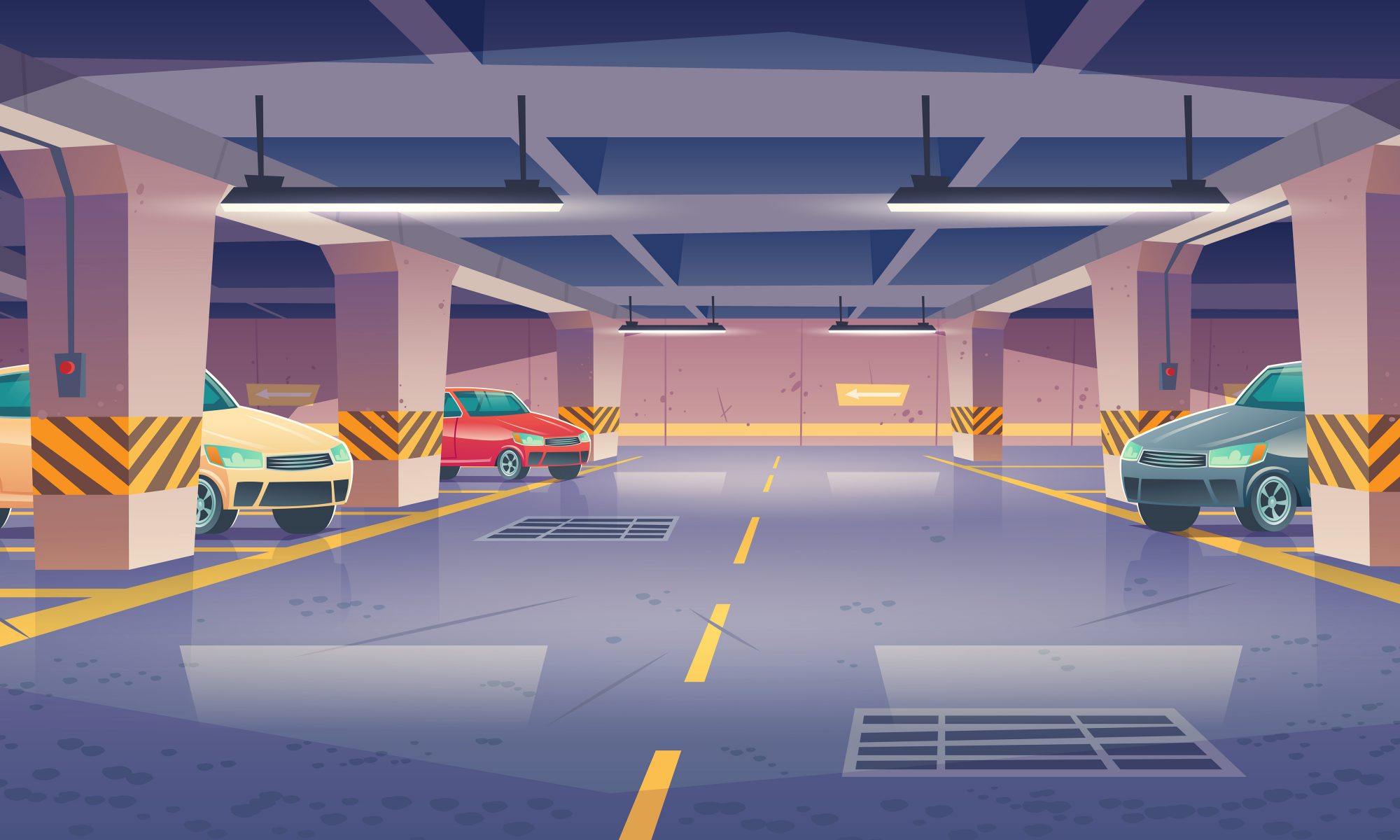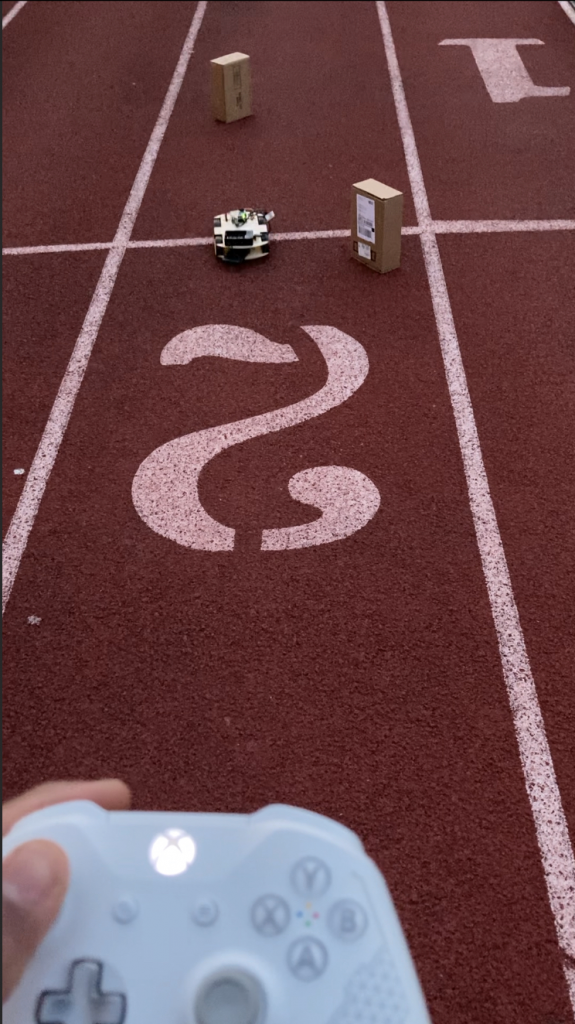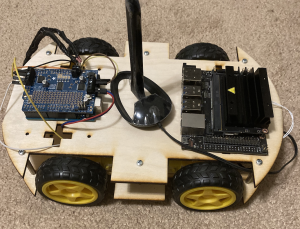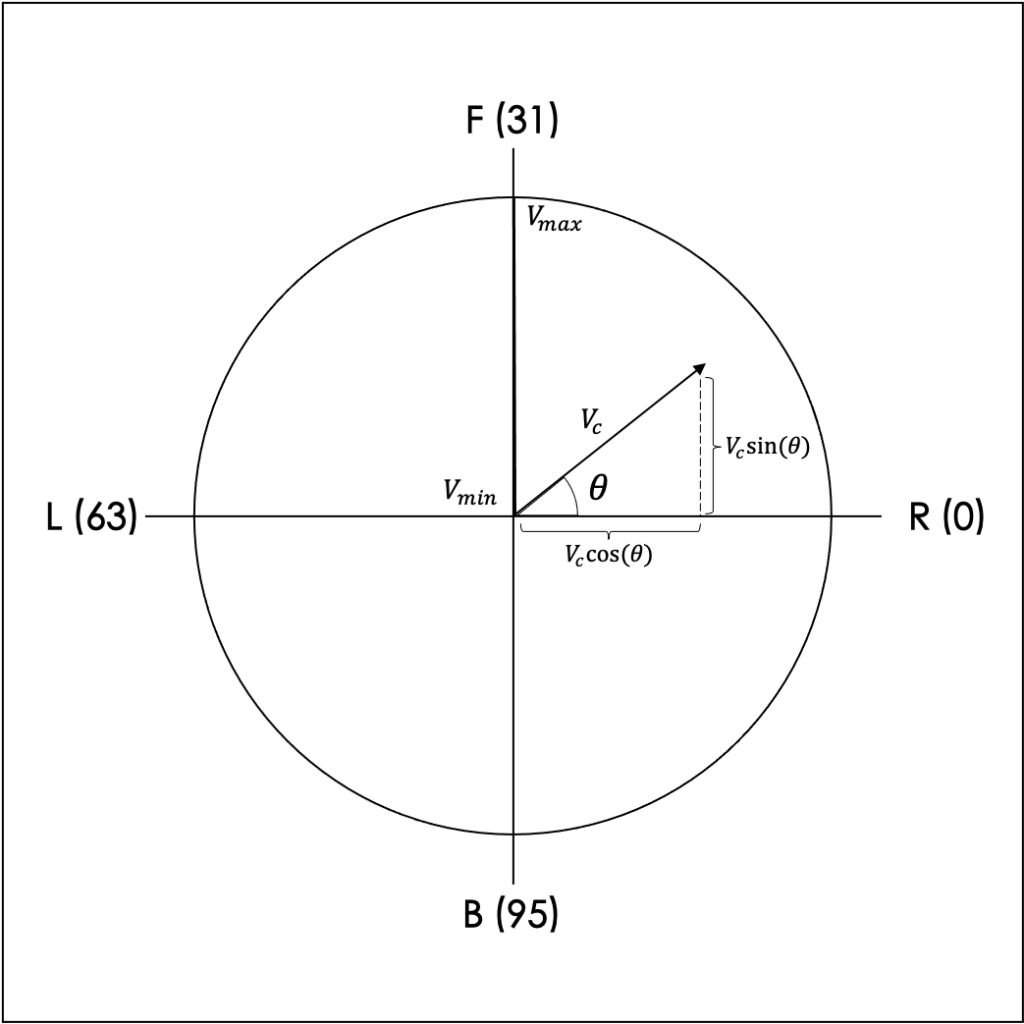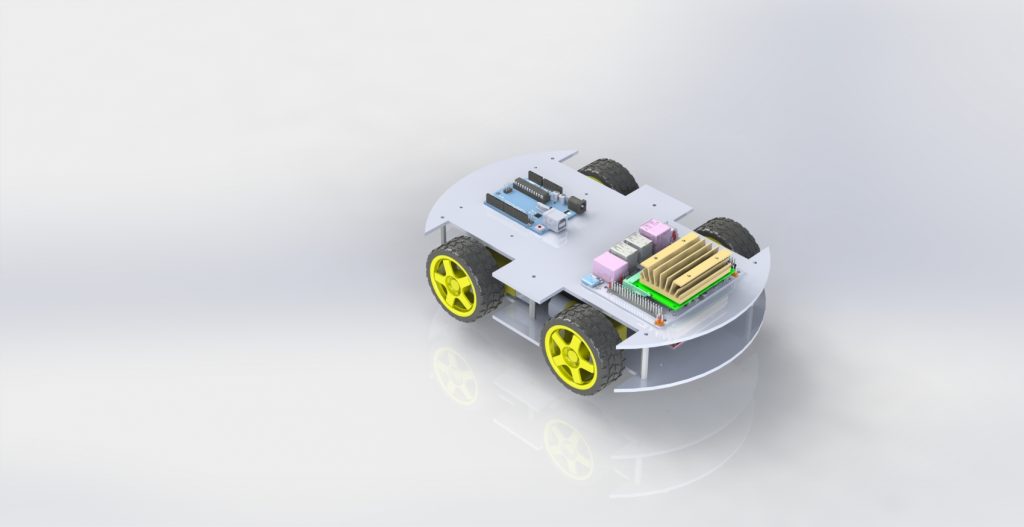For this week, we focused on getting things ready for the final demo and videos. I worked with Fausto on getting an outline done for the video and we have started to get some of the footage together to start the editing process.
To get our cars ready for this week, we had to fix some issue with drift that came from the mechanics of the vehicle. After spending time in the lab we were able to address most of the drift concerns and now have two vehicles ready for the convoy task.
This week we also had to tweak a little bit of the object detection code to make it more consistent with updating the obstacles. This included a timeout period so that obstacle locations were not spammed. We also added so extra code to mitigate cases where the object depth were not reported.
Lastly I added slight modifications to the communications portion of the code to make sure that the vehicles could communicate seamlessly. With this component polished, we are ready to demo a fully functional project.
The rest of the time these next few days will be spent on finalizing the last couple of deliverables for the project. Namely, the poster, final video and final report.
